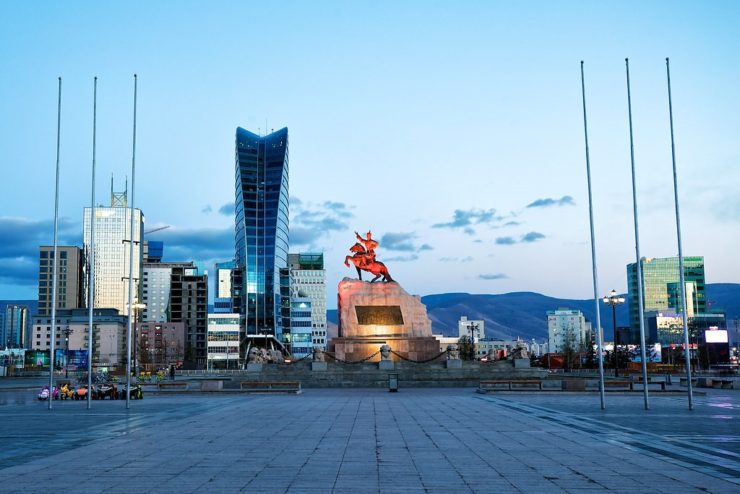
Mongolia adopted its 2024 budget law on October 1, 2023. As part of the preparations for the budget law, an extensive preparatory review of the 2023 figures was performed. These were correlated with the spending plans for 2024, 2025 and 2026, and the results were summarized in a special report published by Mongolia’s Ministry of Finance. The report is primarily a breakdown of Mongolia’s draft budget for 2024. As for the budget itself, the following points made in the report are worthy of note:
Above all, Mongolia’s decision to revert to a state of budget deficit is significant. The deficit for 2024 is set at 2.8% of GDP, and that for 2025-2026 is set at 2%. Nevertheless, these levels are low compared with Mongolia’s budget indicators in the 2000s and 2010s, and fall within the strict limits comparable to those which the EU recommends for potential members (up to 3%). After all, not every member of the EU is able to confine itself within those limits. The ceiling of 2.8% was set in Mongolia’s new 2023 Budget Stability Law. Mongolia aims to compensate for this low-level deficit by attracting foreign investment and loans, and the growth of its debt will be limited to 60% of GDP, which, according to Ministry of Finance forecasts on the development of the national economy, is expected to increase.
The budget deficit is also justified by the ongoing boom in the construction of transport, heat and energy infrastructure in Mongolia, largely financed by the state budget. Specifically 2024 will be the most productive year to date in terms of road construction, the Ministry of Road and Transport Development announced in a meeting held on January 15, 2024. According those attending the meeting, more than 1200 kilometers of high quality roads of national importance will be built and repaired this year. A total of 56 projects will be implemented this year in the transportation sector alone, and the total cost of their implementation will account for 10% of Mongolia’s entire 2024 budget.
As for local authorities’ budgets, most aimags (regions) in Mongolia are largely dependent on state funding. In only two aimags, and the capital, do revenues paid by the aimag to the national budget significantly exceed amount it receives from the national budget. The lucrative Ömnögovi and Orkhon aimags are the country’s leading mining regions. The former is home to the country’s largest mineral deposits, Tavan Tolgoi and Oyu Tolgoi, while the latter is home to the Erdenet mine. In all, just 7 of the 21 aimags, including their capitals return a positive balance, and of those 7, four only just about break even.
In terms of its regional distribution, the national budget is disproportionately allocated to western areas of the country – a sign of the authorities’ determination to bring this least developed part of the country up to national standards. In terms of the budget investments planned for 2024, most of the leading aimags (Uvs, Zavkhan, Govi-Altai, Bayankhongor, Bayan-Ölgii and Khovd) are in the west of the country.
The optimistic forecasts for Mongolia’s development over the next three years have led the government to invest a significant portion of its income in development and social welfare projects. Thus, the budget of the Ministry of Health for 2024 is 20% higher than its budget for 2023. Similarly, the Ministry of Nature and Tourism’s budget has increased by 35%, that of the Ministry of Education and Science, by 25%, that of the Ministry of Energy, and that of the Ministry of Roads and Transportation, by 30% (and by 250%, compared with the 2022 figure). In addition, 1/7 of the budget is allocated to construction, across all sectors. Nevertheless, the 2024 budget makes no provision for the construction of a Metro system in Ulaanbaatar, despite the promotion of the project by the city’s new mayor.
Moreover, to judge figures in the approved draft budget for 2024, Mongolia’s national security concerns have increased – the budget of the Ministry of Defense has grown by one-third (an increase of 100% on the 2022 figure).
In summary, Mongolia’s 2024 budget continues the trends set by the 2023 budget, thus demonstrating the country’s continued commitment to improving its transportation infrastructure and the development of its social sector.
Boris Kushkhov, Department of Korea and Mongolia, Institute of Oriental Studies of the Russian Academy of Sciences, exclusively for the online magazine “New Eastern Outlook”
